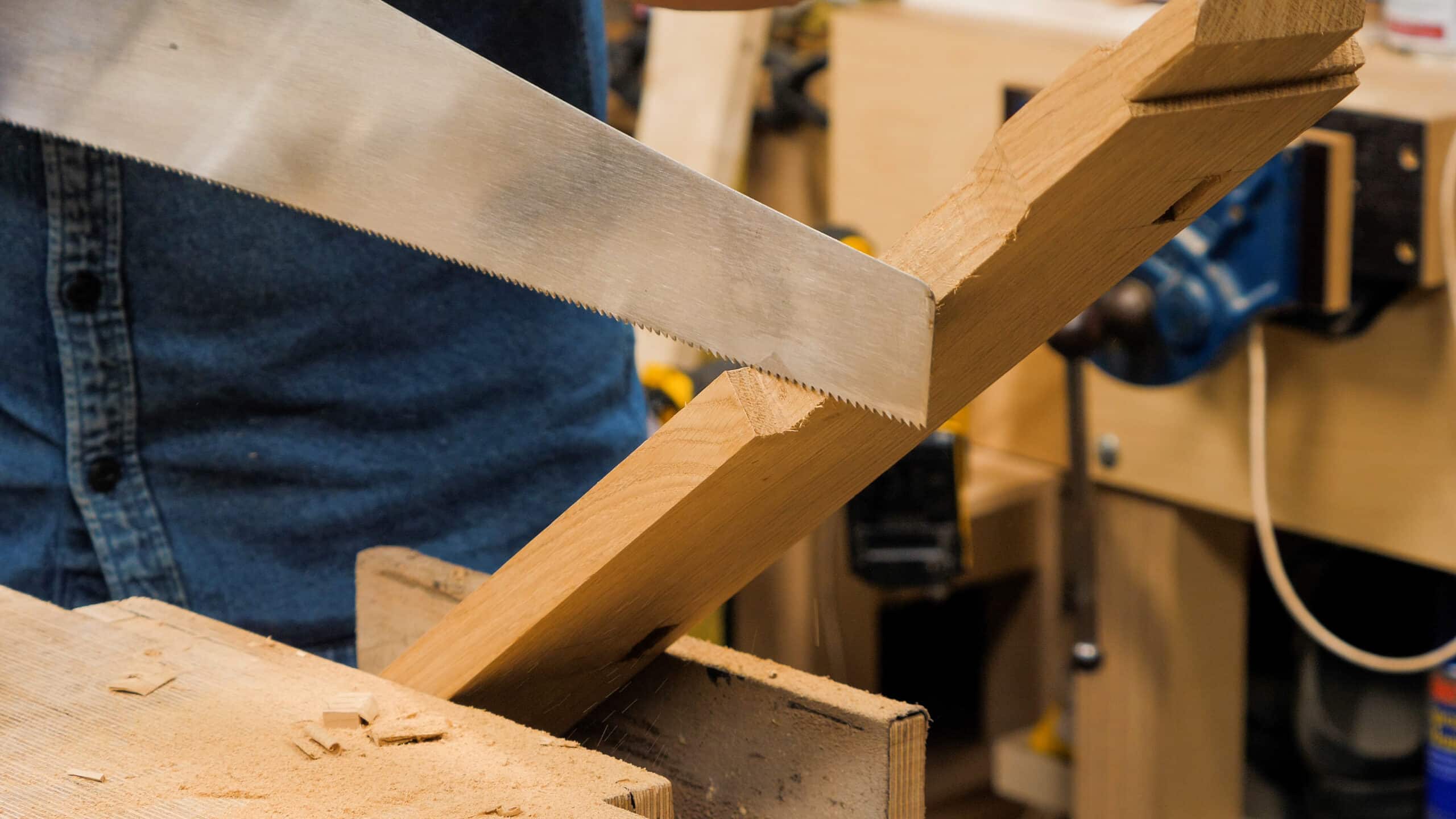Sellers Home Dining Table: Episode 8
Posted 16 March 2022
This is an episode in a paid series. Want to watch it? You just need to sign up as a paid member, and you can enjoy this video and many other videos we think you will love.
In this episode, we layout using methods that guarantee parallel replication and minimal remeasuring. The underside of the table aprons requires shaping techniques for the scalloped cuts that then lead to sawing, chopping pocket holes for turn buttons, and creating the turn buttons themselves. From planing, sawing, abrading and scraping, the various techniques are thoroughly discussed and demonstrated throughout this episode in readiness for the gluing up of a large project.


Good Morning from Australia, Woodworking Masterclasses makes my Thursday mornings.
Thank You.
I thought the rasp (and files) should only be used in the push stroke, not the pull stroke. Am I wrong? Is this another myth…?
And why is Paul using a curved scraper and not a flat one?
I asked Paul and his reply is below:
Rasps and files only cut on the push stroke but you can turn the file/rasp the other way around and then cut on the pull stroke where you are not able to turn the work.
(scrapers) I use both, the curved one is more practical.
Thank you for the information. I understand, but in this episode we saw Paul using the rasp (and I think it was the Auriou, not the shinto) in the forward stroke, and not lifting it up in the back stroke. So, he was paring the wood in the push and pull stroke.
Regarding the curved scraper, couldn’t it leave a slight hollow surface, if you’re not carefull?
It is only cutting in one direction (forward) but he is pulling it back in order to push it forward.
The scraper takes some of the thinnest shavings of any woodworking tool and so as long as you use it a small amount it won’t make any significant hollow.
I understand what you’re mentioning, but maybe I didn’t make myself clear: does scraping the wood when pulling damage the “teeth” of the rasp? What’s the benefit of this, if it just cuts in the push direction?
hello,
I am actually building an oak dining table right now, and many furniture makers around here always use a „Gratleiste“, a sliding dovetail under the tabletop to keep it straight no matter what…
It seems as if Pauls table relies on the Frame and the turnbuttons to keep the top flat, or maybe the reinforcement comes in a later episode…I don’t want to mess up my table and would like to know what Paul thinks about the use/necessity of a sliding dovetail reinforcement of the top? Thank you! Patrick
I asked Paul and he said:
Not necessary and would not be using a sliding dovetail and yes he will be using the frame and turn buttons to keep the table flat. This is the way Paul has done it for years and he is confident that it’ll work.